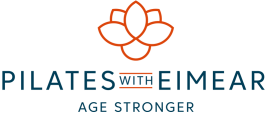Baby on the way? Reasons to do Pilates
Everyone’s journey to becoming pregnant is unique and personal – sometimes a pregnancy is much longed for; sometimes it’s a shock. Whatever your feelings about being pregnant, it is a time to be cherished. Over the nine months, you can adjust to being pregnant and prepare physically and mentally for the momentous event of giving […]
Baby on the way? Reasons to do Pilates Read More »


